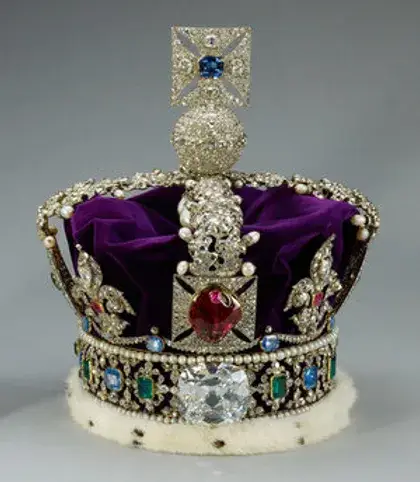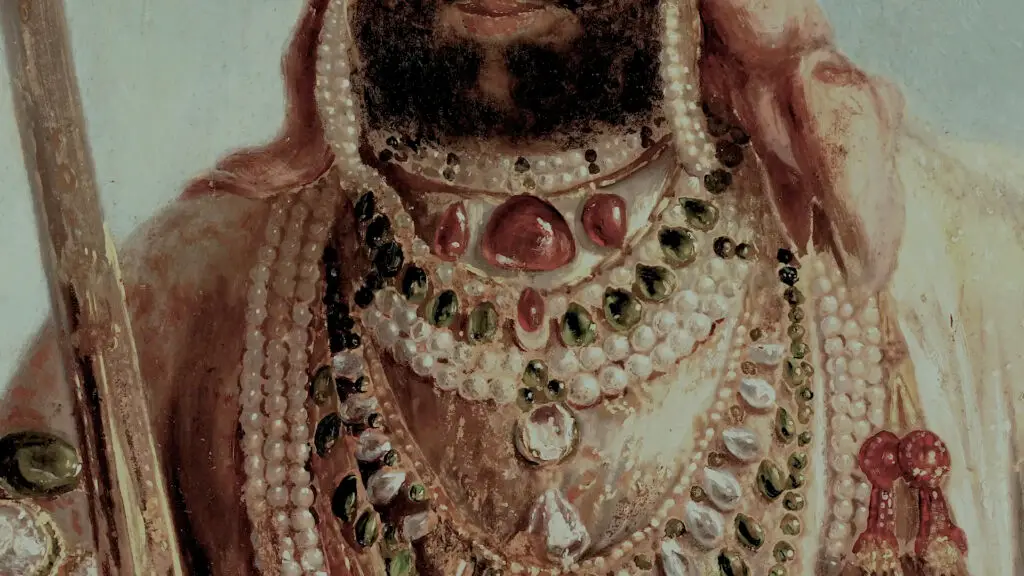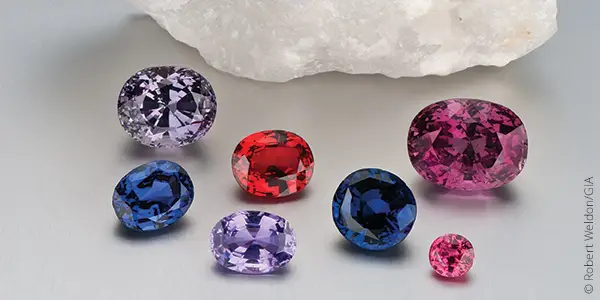

Dubbed ‘The great imposter’ by the GIA, the most famous spinels in history masqueraded as rubies in Europe’s crown jewels. It wasn’t until 1783 when spinel was chemically differentiated from ruby by mineralogist Jean Baptiste Louis Rome de Lisle, that The ‘Black Prince’s ruby’, a large irregular red cabochon set at the front of the Imperial State Crown of the United Kingdom and the unfaceted, 352.54 carat ‘Timur ruby’ once belonging to the Emperor of Persia, were reclassified as spinel. In ancient times, southeast Asia’s mines yielded exceptionally large spinel crystals, which became the treasured property of kings and emperors.


Spinels are mined from the earth and found in pebble form in alluvial deposits, and the crystals are so perfect, that in Burma, they are said to be nat thwe or “polished by the spirits.” Like garnet and diamond, spinel is singly refractive, with the same physical properties in all crystal directions. Spinel offers a range of hues, from orange to intense “stoplight” red, vibrant pink, and all shades of purple, blue, and violet through bluish green, with intense red spinel being the most sought-after and valued by collectors.

Spinel is well suited to engagement rings, scoring an 8 on the Mohs Hardness Scale, diamonds are 10, and sapphires are 8. Not only is spinel durable, standing up to everyday wear, but it also has a similar refractory index to sapphire, an industry term used to measure sparkle or the way light is transmitted and reflected in a gemstone.
Spinel was recently added as an August birthstone, sharing this month with Peridot and Sardonyx.
Resources: https://www.gia.edu/spinel

Our workshop is now officially closed for engagement ring orders and bespoke jewellery for December delivery. We will reopen in mid-January 2026 to craft new engagement rings and made-to-order jewellery.
For those seeking the perfect Christmas gift, our Ready-to-Wear jewellery collection is elegantly curated and available for immediate purchase.